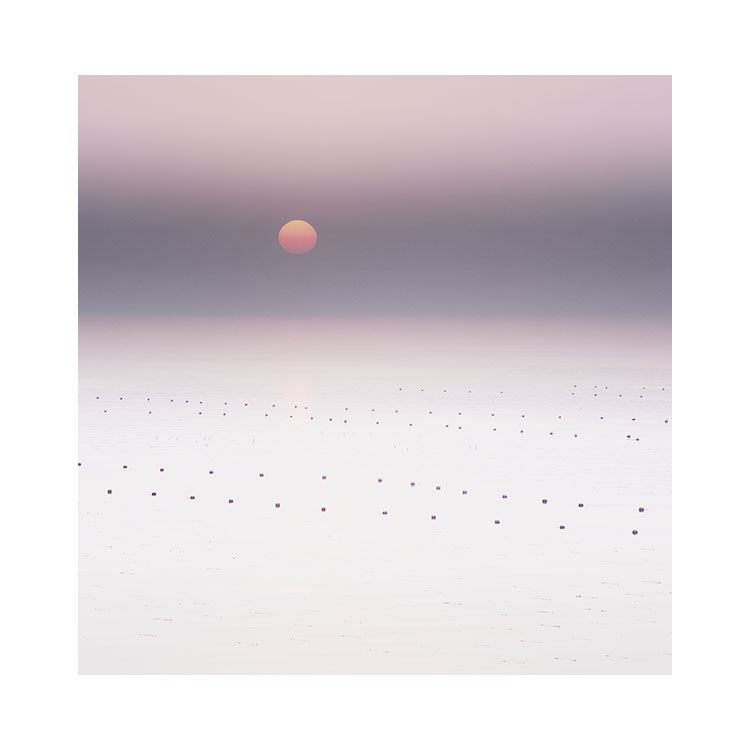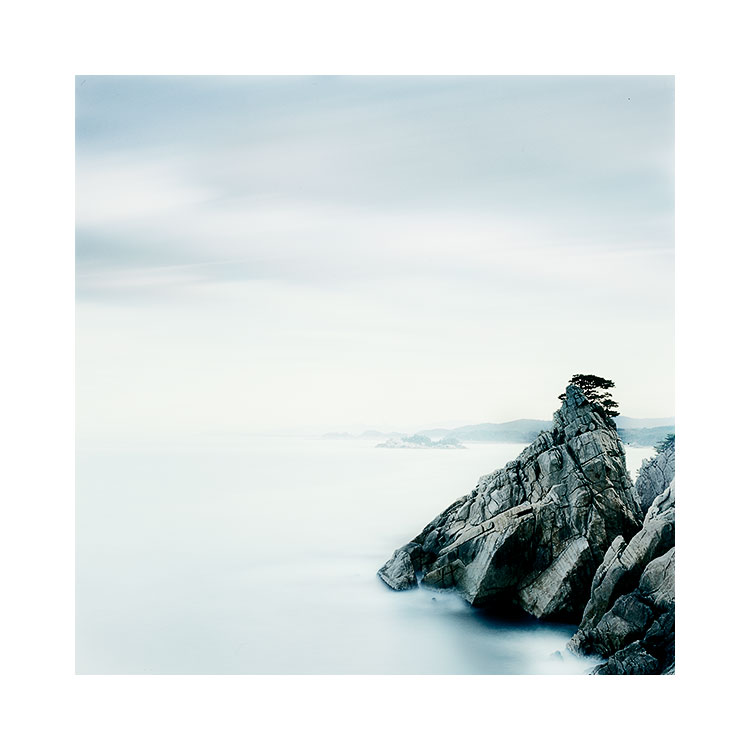I am returning to South Korea this October. The last time I was there was back in 2018. So it’s been four years since that visit.
For me, most of the places I end up visiting come through personal connections. I’ve met quite a few people over the years on my workshops and tours, and I like to try to go with the flow: if someone suggests or invites me somewhere, then I try to follow the lead. Call me a hippy, but I think that when an invitation comes, there is usually a door to new possibilities ahead. I trust it and I have found over the years that this has mostly been beneficial to my photography / creative growth.
Prior to going to South Korea, I had never considered the country. This I find fascinating, because now when I look at the images I made there, I know they could not have come about, had I not accepted my friend’s invitation.
These images are so part of me now, that to imagine that I might have declined his invitation and never gone, is unthinkable. Such is the wonderful surprise of future possibilities (In my view, opportunities and possibilities are being offered to us each day, but it’s up to us to recognise them and to run with them).
When I did get to South Korea, I must confess that I hastily made the assumption that I would not get any photographs. Initially I saw little promise. This is because the parts I visited were particularly urbanised, or affected by man in some way. I found that we drove long distances and often times, the landscape was not obvious.
All I remember about the end of the trip was saying to my friend ‘well, I shot 18 rolls of film, so I must have something’. Even though I could not put my finger on any particularly strong images that I had made at the time, I had still shot film. I never shoot film for the sake of it, I always only shoot because I’ve found something that I think might work.
What had originally been an invitation to a country I knew very little about, and had not even been drawn to thinking of its landscape much, turned out to be a very positive experience. If this has taught me anything, it is that one never really knows when the next set of images is coming from’. We just need to put ourselves out there for things to happen.
So I’m looking forward to returning to South Korea. It will be a different experience this time (because it always is), and I do not plan to set myself up with any expectations. Because no matter what I may envisage, photography always tends to offer up something I hadn’t expected. My photographs are never quite what I thought they might be.
This is what I find most inspiring about photography. An invitation, and the conviction to go someplace, can lead to images that you had never thought possible. Each day out there with a camera, is a chance to find new ground, and to create something that never existed before. But once it is here, feels as though it was always a part of you, and you have been carrying it along inside of you for all these years..

































